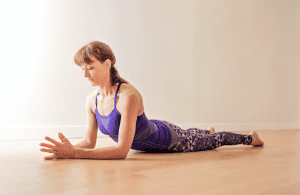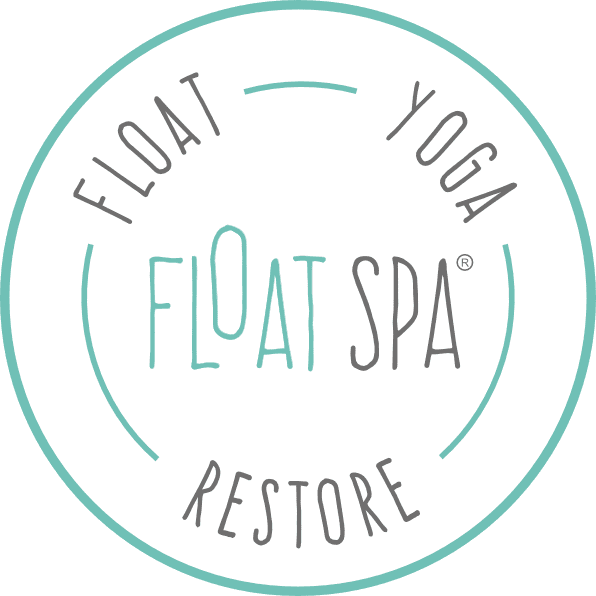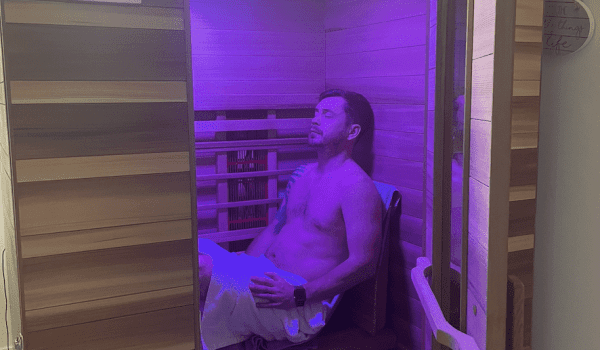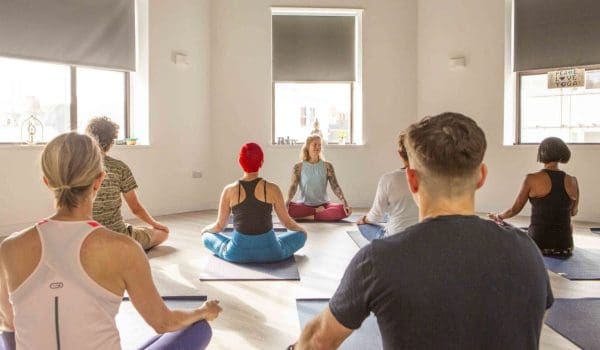When I am asked this question, I respond by describing it as a mindful practice of floor based postures, each held for 3-5 minutes and approached in a way that allows us to target the deeper connective tissues of the body fascia and ligaments. It can be deceptively challenging yet is meditative and grounding.

Often I am then asked: is there such a thing as Yang yoga? Well not per se but relatively, all other styles of yoga (with the exception of restorative) hatha, vinyasa flow, Iyengar, ashtanga etc. can be considered Yang in nature, since they work to strengthen and lengthen muscles. There is movement and a certain amount of ‘doing’ and effort is required. For most students, there is always something to work towards the full expression of the pose with perfect alignment, or progressing to advanced postures. For the purposes of this article, these styles will be referred to hereon as Yang yoga.
Why practice Yin Yoga?
To those who practice Yang styles of yoga, at first glance Yin may seem ‘boring’ or dull. Yet Yin can be challenging for the body and mind, in a very different way. This practice keeps on giving, I can assure you. As with all yoga practices, we benefit on all levels of our being.
The physical benefits
All of our body’s tissues must be ‘stressed’ appropriately in order for them to maintain their mass, strength and function.
Muscles are elastic in nature. They love movement and stay strong through static stress or weight bearing for short periods of time. This is how we work in ‘Yang’ yoga.
Connective tissues require a very different approach, since they are ‘plastic’ in nature. Fascia is one continuous matrix of strong connective tissue that surrounds and permeates all other tissues in the body our bones, muscles, nerves, blood vessels and organs. Healthy fascia provides support and structure yet should still be pliable enough to allow for unrestricted movement. Poor posture, repetitive strain, injury or trauma to the body will cause fascia to become tight, restricting the ability of our muscles and nerves and other tissues to glide freely over one another. This paves the way for immobility, pain and dysfunction for our whole body.
The good news is that we can ‘remould’ our fascia to restore our structure and overall health. Movement helps to hydrate these tissues but in order to maintain their pliability and strength, we must apply moderate, static stress (at about 70% of our fullest range of motion or effort) for longer periods of time whilst relaxing our muscles. This is the approach in Yin Yoga.
We can think of Yin Yoga as the ‘other half’ of yoga in terms of the physical benefits. A healthy body is about balance. Yin is not a replacement for our Yang practice or any other activity that works our muscles but instead it is a great complement.
The mental/emotional benefits
Each Yin pose is a mindfulness practice in itself. As we settle into stillness, we observe all that arises without judgement. With regular practice, we gain insight into the tricks and habits of our mind. By simply watching as opposed to identifying with all that arises, we learn that we are not ou r thoughts or emotions, we are that which observes our thoughts.
When we experience this for ourselves, well, it’s a life changer. Difficulties and suffering in life gradually dissolve. The more we practice this on the mat, the easier life becomes.
The subtle/energetic benefits
Taoist philosophy underpins the theory behind the energetic effects of Yin Yoga. Just as acupuncture works on the basis of restoring the healthy flow of ‘chi’ (energy) through the meridians (subtle energy pathways), Yin postures also stimulate these organ meridians. In Traditional Chinese Medicine, each organ governs specific aspects of our physical, mental and emotional well-being. Yin practice can therefore help to balance us on all levels.
Stillness is medicine
I hear you. You love your yang practice active stretching and strengthening feels so good for your body and in savasana you feel relaxed job done. For the devout Yang yoga practitioner, the idea of being still and ‘doing less’ in a pose just doesn’t appeal. Surely, we gain more if we try harder?
Yet for most of us, in all aspects of our life we are constantly ‘doing’. Living in the 21st century is demanding. Being stressed and always busy is standard these days. If we are not stressed, we are not trying hard enough in life. When we do get a moment to ourselves we may struggle to just ‘be’ by turning inwards. All too often we ‘switch off’ by watching TV or staying glued to our devices. This isn’t relaxing, it’s simply distraction.

We all need to slow down once in a while; whether we are vinyasa addicts or just keeping up the pace in our busy lives. Yin Yoga is the antidote to modern
Finding balance
It is through my regular Yin practice (alongside my yang) that I have come to realise that Yoga is not about striving to get somewhere. Yoga is a journey, not a destination. Letting go of the
attachment of doing, of advancing my asana has been a turning point. Some days I need to practice kickass vinyasa, some days I just need to be still. Both are equally nourishing.
Yin has fine tuned my instrument of self awareness, giving me the wisdom to know what is required on any particular day to bring myself into balance on and off my mat. I love this practice, it’s juicy, nourishing and grounding. It’s changed my yang practice in that I have let go of the striving and achieving. There is no goal to reach any more. My practice is now nurturing, healing, balancing and mindful, whether it’s Yin or sweaty vinyasa. This is how it should be.
I could harp on about it forever, and so could those who I teach regularly. However, yoga has to be experienced in order to know it. So I’ll let you discover for yourself. Be curious. Enjoy the journey.
Ginny’s Yin Yoga class runs each Wednesday at 7.30pm at the Float Spa.










